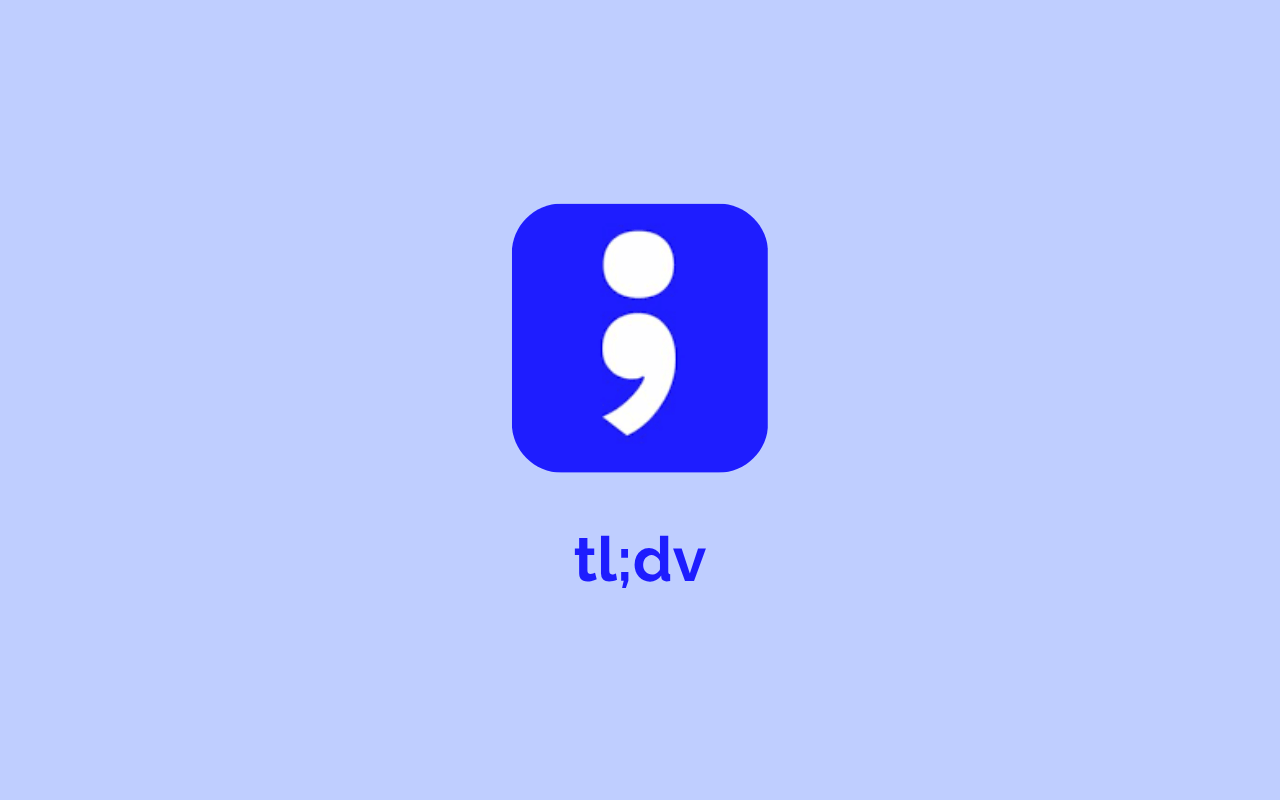Consistent quota attainment is one of the strongest indicators of a successful sales team. However, according to recent reports, 57% of sales reps don’t hit their quotas. How can you bridge this gap? A combination of role preparation, client research, and utilizing resources is a great place to start.
Here at Demodesk, we are constantly thinking about how to help all sales reps steadily reach their quotas. We are always communicating with sales teams — not to mention our own— so we can evaluate how our platform is working when it comes to helping reps achieve their goals.
As the co-founder and the CEO of Demodesk, I work with a lot of sales leaders and lead our sales team in the early stage of our company. That is I why recently spoke to Sarah Hicks at the Predictable Revenue podcast about consistent quota attainment. Here are a few of the main points we touched upon during our chat, including how to set yourself up for success, why social media research can come in handy, and the importance of never skipping a discovery call.

Setting yourself up for success
For consistent quota attainment, you need to establish an understanding of your selling preferences. After you’re hired, you need to ensure that you understand your role within the sales team and commit to doing your research.
Before joining your team
Before you decide to join a new company or begin a new sales role, ask yourself the following questions:
What’s the right type of company for you?
Make note of factors like the age and size of the company.
- Are you looking for a start-up or a more established company?
- Do you want to be a part of a new team or one that has a longer sales history?
Acknowledging your company preferences will help you establish your baseline, which you can then use to navigate towards the best possible role for you.
It’s also important to understand what type of management style or structure works best for you. A right connection with your manager will be essential when it comes to your future growth and success at the company.
What are the right products for you to sell?
Examine the basics of the product you’d be selling — the market size, the competition, and the sales history. In addition, consider the specifics of the product and the category or region you would be responsible for selling.
You can ask yourself 5 questions:
- Is this a brand new product in the market?
- What does the competition look like for this product?
- Do you have a particular history or connection with this product?
- Do you have more experience selling a certain region or category?
- Is it a new territory or are you coming into a well-established territory?
Another important product factor is the type of sell. For example, if you are only used to transactional selling and you go for a job selling to larger clients with far different sales quotas, then it may not be the best fit for your selling strengths. Or at least you should fully understand the difference in sales quotas before starting the position.
Asking yourself these types of questions before joining a sales team will help you establish a pathway to regular quota attainment. Acknowledging your options, preferences, and selling strengths is a fundamental step in preparing yourself for success in your next role.
After joining your team
Once you’ve found a position that aligns with your motivations, skills, and interests, then it’s time to dig into the role itself. Be sure to fully comprehend your position within the team. If you don’t understand your role and expectations upfront, reaching your numbers will be more difficult.
Here are some tips for breaking down your position after joining the company:
Know your numbers
Make sure you understand your sales quotas and how much revenue you need to bring in for the company. It’s also important to know your ACV (Average Customer Value). Along with the average sales cycle length to determine how many customers you’ll actually need to reach your sales quotas.
Once you know your numbers, you can work backward and calculate how many opportunities you’ll need to create to hit your goals.
Your team will most likely have its own sales process. However, if you thoroughly understand your own numbers, then you can adjust the sales process to fit your individual goals and unique customer base. This will give you a greater chance at regularly reaching your quotas.
Do your homework
The best sellers do their homework. Research your buyer persona, the product, the industry, and the market to gather as much information as you can.
When you do your homework, you are also finding ways to connect with the customer. You can speak their language and understand how they think within the context of their specific business.
Then you can determine how your product is their solution.
Using a personality assessment like the MBTI framework (Myers-Briggs Type Indicator) can give you a real insight into the buyer persona of your customer. For example, a buyer may have a more analytical personality, so will want more facts and numbers in your presentation. Whereas a buyer with a supporter personality will likely want more conversational-style calls to help them establish a connection.
Of course, you can’t ask a client to take the test for you before a meeting! However, these personality types can typically be determined within the first five minutes of a call. So use this information to help understand your client on a more personal and individualized level.

Use your resources
There are many tools out there to assist with gathering useful research for understanding your customer. Here are some resources that I suggest:
- LinkedIn Sales Navigator. This is one we use internally at Demodesk, as do most of our customers.
- Zoom Info. This includes information like buyer intent data — noting whether this prospect has shown interest in your product or previously visited your website.
- Dive into your own CRM. Utilize your own prospect and client history. Reviewing client interactions will give you more insight into their past goals and challenges. It can also be a great tool for more informative outreach.
- Friendly social media research. Look at their other social media accounts like Twitter or Facebook. These can help you understand what kind of person they are and even their interests. I have personally found this particularly helpful when I don’t have any previous or specific connection to the individual.
For example, one time I had wanted an interview with a reporter, but I wasn’t getting any replies to my outreach. So through some social media research, I discovered their love of baseball and even their favorite team. I mentioned it in my next email to him and it worked! He had noticed that I was taking the time to relate to him, but also that I was taking my request seriously.
The importance of demos for quota attainment
Aside from knowing your role, your expectations, and your product, nailing the product demo is a large step towards reaching your sales quota. Here are tips on how to conduct the most productive and effective product demos:
Don’t skip discovery
Discovery is the first precondition to nail the sale. This is especially true in B2B sales where it’s more about solving a problem for your customer or helping them achieve a goal — not so much about selling your product in exchange for money.
Furthermore, it’s been shown that if you conduct a demo without discovery, you win 73% less often when in a competitive selling situation. You are not in a position to win the business if you don’t ask the right questions in the first place.

Ask the right questions in discovery
Most companies should have a list of questions for you to ask during a discovery conversation:
- What are your goals?
- What kinds of pain points are you facing?
- What’s your timeline?
- What are your main challenges for new product implementation?
Asking these types of questions leads to understanding their motivation, which gives you a deeper understanding of their decision criteria.
For example, are they struggling with their revenue and need new software? Or maybe they are new in the position and want to readjust their business. It may even be that they need to reach a budgetary number for software. Whatever it may be, the more you understand their position then the better spot you’ll be in to close the deal.
All of this information found in discovery can help you understand their reasoning behind why they are making the decision to buy or not buy your product — giving you greater insight into the likelihood of the sale.
Take the time
Discovery calls should be thoughtful and thorough. Generally speaking, reps should be taking at least 15 minutes in their discovery calls. Anything less is unrealistic to believe that you’ve truly understood the problems that they’re facing currently.
At the end of the discovery call, it’s important to convince them to move on to a demo. A demo gives you another opportunity to show that you’ve listened to their answers and why your product can help them achieve their goals or solve their problem.
A common question I hear is what happens if your client wants to skip discovery and go straight to a demo? In that case, I recommend the rep perform a mini demo/product overview, then take the rest of the time for discovery. It’s always better to respect your client’s request if they ask for a product overview. However, try to lead the conversation into discovery as well so you can end up conducting a more comprehensive meeting in the long run.
Tailor your pitch
Don’t jump right into the product at the beginning — instead, create a story for them where they can relate. Make your product the narrative of the story and how it can help your customer.
It’s imperative to remember that the pitch doesn’t have to only be technical. Make it appeal to the person as a human being and tailor it to their experience. Then you’ll have a greater chance of success. In fact, 71% of customers buy because they trust and respect the salesperson they work with during the process.

Taking the time to tailor your pitch also shows that you understood and thoroughly considered your previous conversations.
Here at Demodesk, we typically have a slide where we write down everything we learned from our last conversation and share it with the client. This allows them to adjust or add anything to our list but also lets them know that we have actually listened to them.
This type of follow-through will also help the demo achieve greater customer engagement and keep their full attention throughout the pitch. They know it’s worth their time to listen to you because you’ve taken the time to truly understand their issues.
I also like to use the Rule of Three when tailoring a pitch to a customer. Generally speaking, humans can keep information in their brains better if it’s in a group of three. So when you are pitching, focus on the three most pressing issues or three most important solutions for the client.

Establish next steps
After the demo, it’s important to establish a future success plan. At Demodesk, we call it a mutual outcome plan. This ensures you understand what needs to happen next for your customer.
Narrow in on what that next step will be — is it a trial run? An internal meeting? Maybe it’s drafting a contract or possibly implementation. Whatever it may be, clearly define it for both you and the client and then walk through that process with them.
In addition to the next step, ask yourself what resources are necessary for this to be completed. For example, if they are having an internal meeting to discuss the product, maybe you could set up reference calls with other customers or send along an ROI calculator for them to see the value of the product.
Walking through the next steps with the client directly also helps to detect what is happening within their company and if there are any potential roadblocks ahead. For example, we usually have to go through a lot of security reviews, so knowing this as early as possible is helpful when determining where the sale actually stands in real-time.
Final thoughts
Preparing to consistently hit your quota can actually begin before you ever step foot into the office. Don’t be afraid to ask yourself the prominent questions about the product you’d be selling, as well as the company overall. This way you have a solid understanding of how you would adapt to this type of role.
Set yourself up for success once you’re in the door by thoroughly understanding and acknowledging your position and its expectations. Do your research on everything from your region to your buyer persona (and personality type), as well as your internal sales data.
Most importantly, if you want to improve your quota attainment then don’t skip your discovery calls. These conversations are imperative to learn more about the customer and why your product is essential to their goals. When you have this important data, you can tailor your demo to be as unique and individual as your customer, leading to a long-term steady sales quota.
if(window.strchfSettings === undefined) window.strchfSettings = {};
window.strchfSettings.stats = {url: "https://demodesk.storychief.io/en/inside-sales7777quota-attainment?id=1628897459&type=26",title: "Consistent Quota Attainment: Advice From the CEO of Demodesk",id: "5b8f442a-7def-42c8-b6a8-c55e95348482"};
(function(d, s, id) {
var js, sjs = d.getElementsByTagName(s)[0];
if (d.getElementById(id)) {window.strchf.update(); return;}
js = d.createElement(s); js.id = id;
js.src = "https://d37oebn0w9ir6a.cloudfront.net/scripts/v0/strchf.js";
js.async = true;
sjs.parentNode.insertBefore(js, sjs);
}(document, 'script', 'storychief-jssdk'))

%201.avif)











